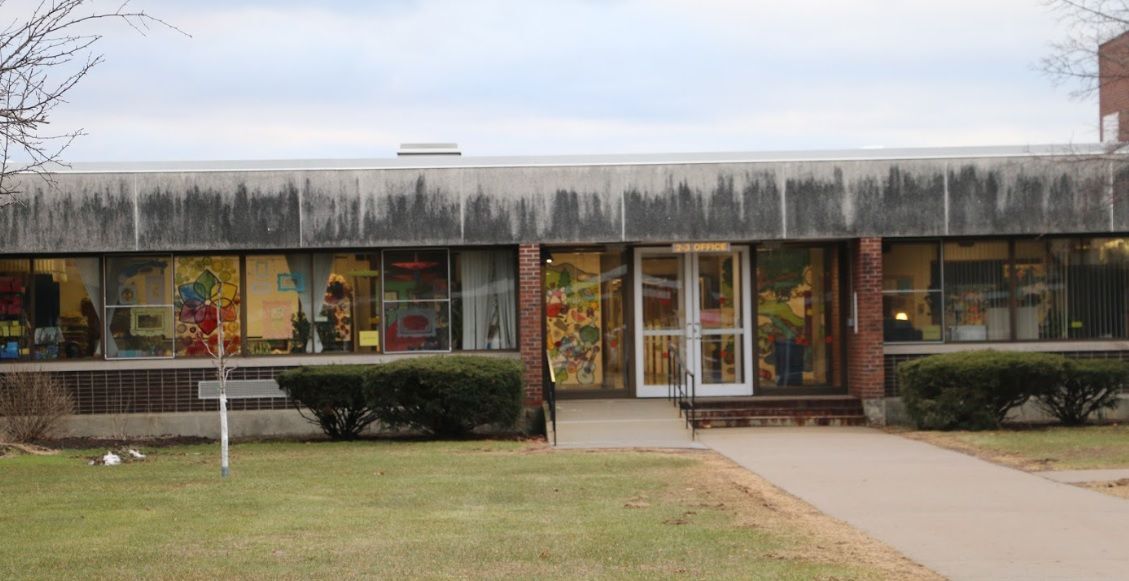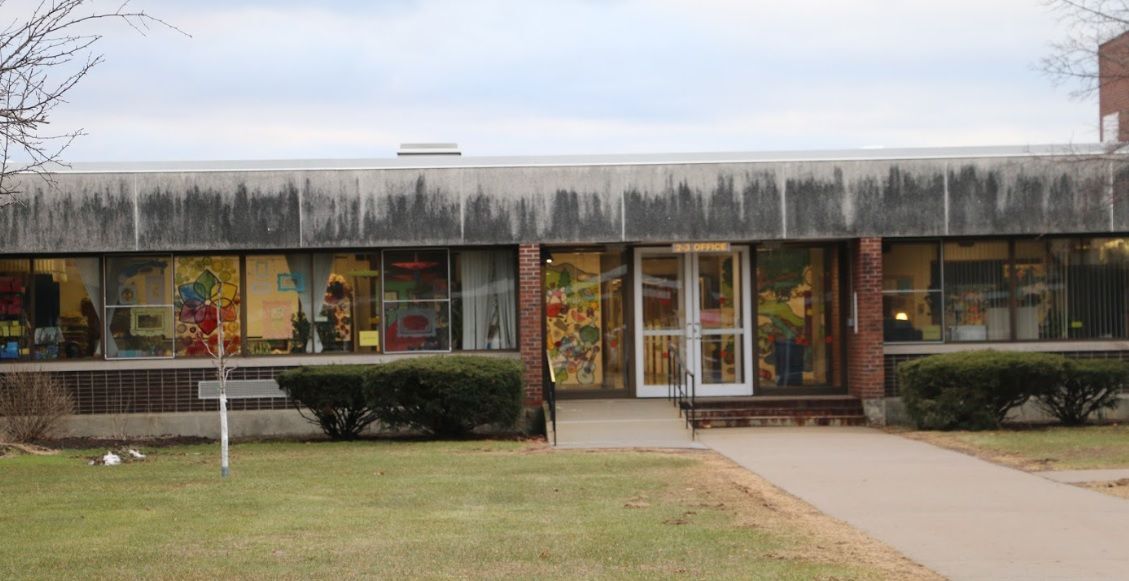
Quarantining children is not easy to do

Queensbury Elementary School is among the schools in Warren County that are closed this week after COVID exposures.
Courtesy photo
With dozens of Warren County students quarantined due to exposure at school to someone who has coronavirus, parents are trying to balance public health and their family’s needs.
One parent, a school nurse, said she had been told she should keep going to work while her child is quarantined. But others have asked her why she isn’t quarantining as well, questioning whether it was right for her to go into a school while waiting to see if her child developed symptoms.
Warren County Health Services is very clear in its directions: Only the person who was exposed has to quarantine. Washington County is also following that policy.
But schools can decide whether siblings and parents of that person can enter the buildings. Some districts want the whole household to stay home, while others allow siblings to come to school.
The state allows each school district to make its own decisions on that matter. If a quarantined student develops symptoms, the whole household is immediately quarantined.
But with siblings potentially heading back to school the day after one child is exposed, parents want to know exactly how to quarantine someone who is too young to isolate themselves effectively.
Warren County has a fact sheet it gives out. But the fact is, it’s not easy. Parents must maintain a 6-foot distance, which can be challenging with young children, and have the child sleep alone, even if that means creating a bedroom in another room in the house.
“We ask that families work with the facilities they have,” said Health Services Director Ginelle Jones. “It takes a community to control a pandemic. We understand this is not pleasant, but we have had very good cooperation. We will get through this together.”
The goal is to have the child sleeping in a room where no one else is sleeping, which can be hard for a child not used to sleeping alone.
During the day, if the child can’t isolate themselves in a room alone, everyone in the household should wear masks when they are in common rooms together. The child should also maintain social distance at all times.
The child should also eat alone, if possible. If not, the child should sit at least 6 feet away.
Health Services focuses particularly on bathrooms. If the household has two bathrooms, one should be assigned to the quarantined child for their use and no one else should go in.
But in many cases, that’s not possible. Health Services recommends frequently disinfecting all the surfaces, using hand sanitizer, and making sure the child does not use any towels that are used by other members of the household.
There’s also the problem of supervision.
“If a child is not old enough to stay home on their own, a parent or guardian or caregiver will have to stay home, and they are eligible for paid family leave from work,” Jones said.
But she emphasized that decision would only be a matter of supervision.
“The rest of the family can go to school or work as long as they have not had contact with a positive case,” she said.
You can reach Kathleen Moore at 742-3247 or kmoore@poststar.com. Follow her on Twitter @ByKathleenMoore or at her blog on www.poststar.com.



